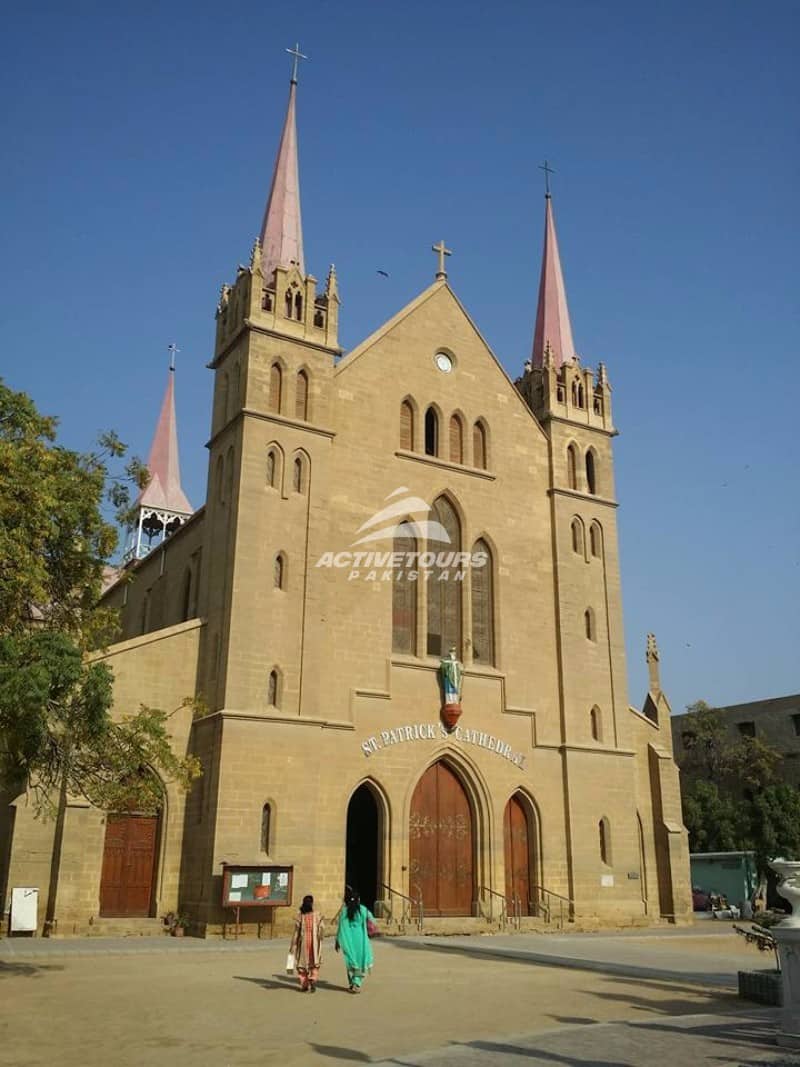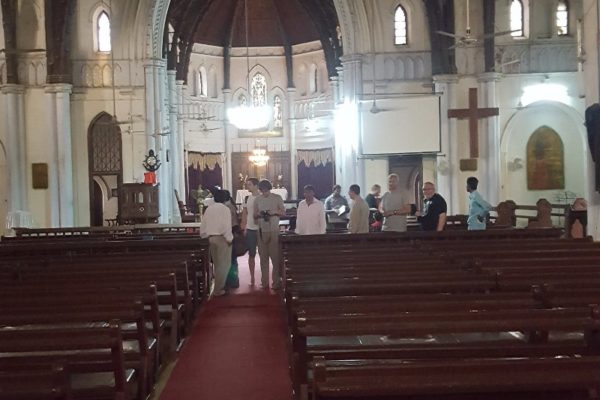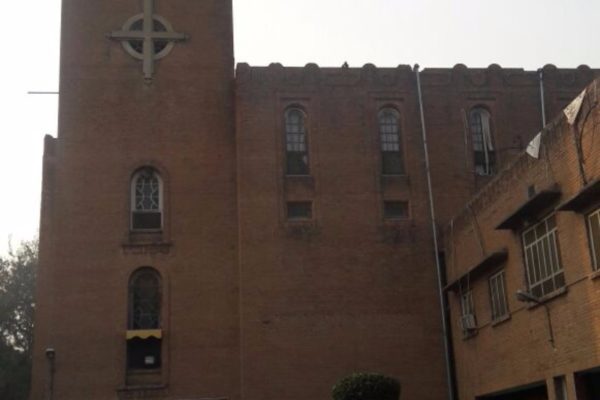In 1877, on St. Thomas’ Day at Westminster Abbey, London, Rev Thomas Valpy French was appointed the first Anglican Bishop of Lahore, a large diocese which included all of the Punjab, then under British colonial rule, and remained so until 1887; during this period he also opened the Divinity College, Lahore in 1870. Rev Thomas Patrick Hughes served as a Church Missionary Society missionary at Peshawar (1864–84), and became an oriental scholar, and compiled a ‘Dictionary of Islam’ (1885).
Missionaries accompanied colonizing forces from Portugal, France, and Great Britain. Jesuit missionaries sent from their Portuguese-held Goa built a Catholic church in Lahore, the first in Punjab, around 1597, two years after being granted permission by emperor Akbar, who had called them to his court in Fatehpur Sikri for religious discussions. This church was later demolished, perhaps during Aurangzeb times. Later on, Christianity was mainly brought by the British rulers of India in the later 18th and 19th century. This is evidenced in cities established by the British, such as the port city of Karachi, where the majestic St. Patrick’s Cathedral, one of Pakistan’s largest church, stands, and the churches in the city of Rawalpindi, where the British established a major military cantonment.
The Europeans won small numbers of converts to Anglicanism, Methodism, the Lutheran Church and Catholicism from the native populations. Islam was very strong in the provinces of Punjab, Balochistan and the North West Frontier Province, but small native communities of converts to Christianity were formed. The largest numbers came from resident officers of the British Army and the government. European and wealthy native Christians established colleges, churches, hospitals and schools in cities like Karachi, Lahore, Rawalpindi and Peshawar. There is a large Catholic Goan community in Karachi which was established when Karachi’s infrastructure was developed by the British before World War II, and the Irish (who were subjects of the British Empire and formed a large part of the British Army) were an important factor in the establishment of Pakistan’s Catholic community.
When Pakistan achieved independence in 1947, the organization and activities of the Christian community changed drastically. Christians in Punjab and Sindh had been quite active after 1945 in their support for Muhammad Ali Jinnah’s Muslim League. Even before the final phase of the movement, leading Indian Christians like Pothan Joseph had rendered valuable services as journalists and propagandists of the Muslim League. Jinnah had repeatedly promised all citizens of Pakistan complete equality of citizenship, but this promise was not kept by his successors. Pakistan became an Islamic Republic in 1956, making Islam the source of legislation and cornerstone of the national identity, while guaranteeing freedom of religion and equal citizenship to all citizens. In the mass population exchanges that occurred between Pakistan and India upon independence due to conflict between Muslims and followers of Indian religions, most Hindus and nearly all Sikhs fled the country. Pakistani Punjab is now over 2% Christian, with very few Hindus left. Christians have made some contributions to the Pakistani national life. Pakistan’s first non-Muslim Chief Justice of Pakistan Supreme Court was Justice A. R. Cornelius. Pakistani Christians also distinguished themselves as great fighter pilots in the Pakistan Air Force. Notable amongst them are Cecil Chaudhry, Peter O’Reilly and Mervyn L Middlecoat. Christians have also contributed as educationists, doctors, lawyers and businessmen. One of Pakistan’s cricketers, Yousuf Youhana, was born Christian, but later on converted to Islam, taking the Islamic name Mohammad Yousuf. In Britain, the bishop emeritus of Rochester Michael Nazir-Ali is a Pakistani Christian.




